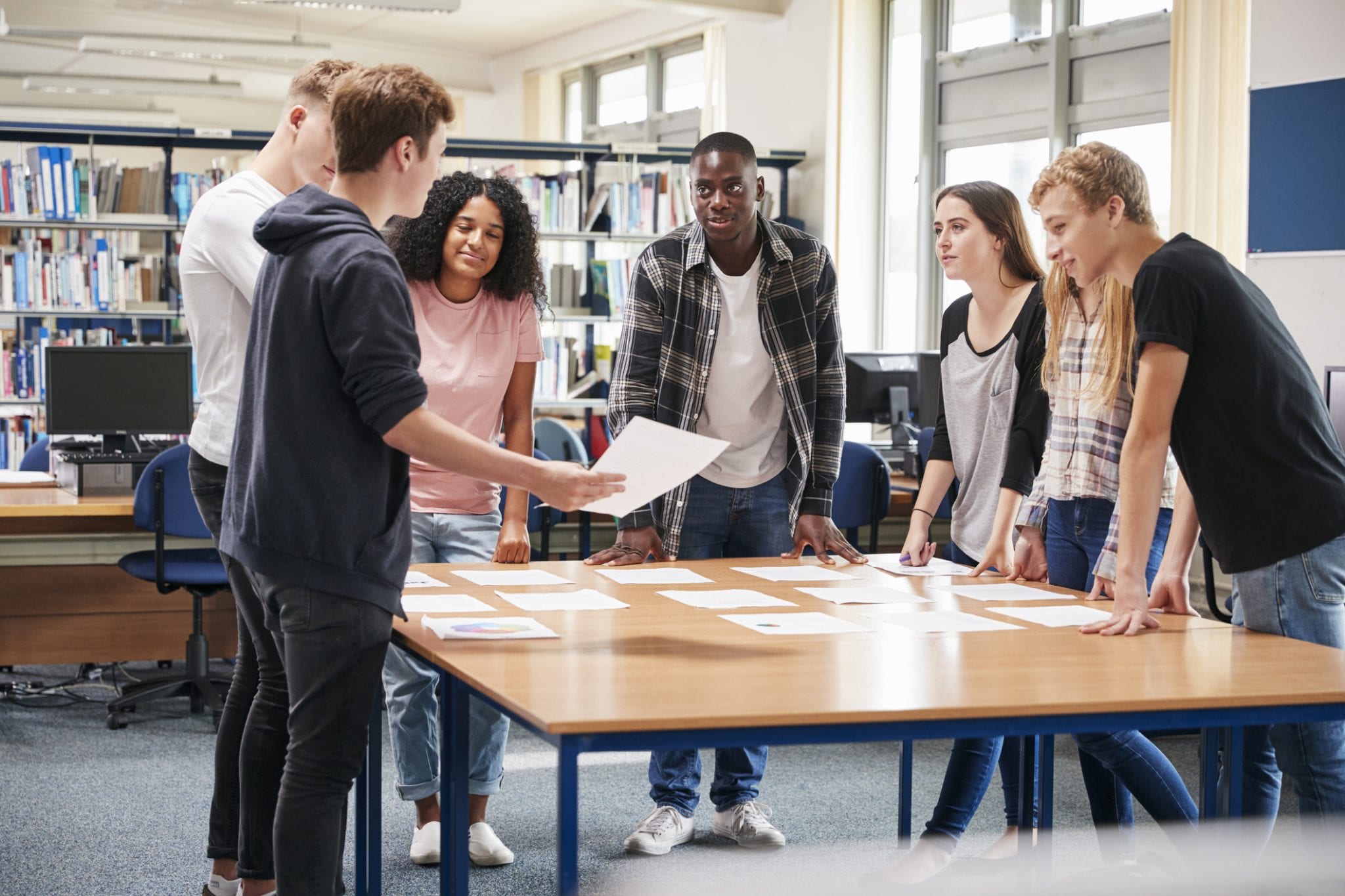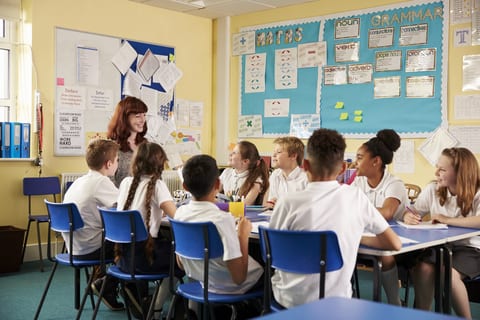There is a greater need than ever to promote youth civic engagement. Civics education in the United States fails to adequately prepare students for civic action, while at the same time we see a declining trust in public officials and institutions. In fact, even going as far back as 2011, one-quarter of millennials in the U.S. believed democracy was a “bad” or “very bad” way to run a country. Americans are leaning more towards autocratic ideals and away from democratic ones. This is surely telling of the state of our nation. Let’s discuss how we can better prepare students for participation in civic life.
While reforming civics education and providing greater service-learning opportunities are a great place to start, we should also consider shifting our attention to day-to-day classroom practices, which will be the focus of this post.
The Way That Teachers Teach Matters
Democratic education, an idea that has its roots in the early 20th century, allows students to become co-creators in their own learning, reflect critically on the world around them, and develop empathy for others. If educators can set up their classrooms as microcosms of democratic societies, there is greater room for students to internalize the values consistent with democracy and become engaged learners. Herein lies a poignant opportunity to prime students to be successful civic actors in the future. The question is, how do we seamlessly integrate democratic learning into everyday learning?

One of the ways educators can bring democratic teaching into their classroom is by utilizing cooperative learning strategies. Cooperative learning is the use of small groups for students to work together to maximize learning for themselves and their peers, and it’s based in five key elements: positive interdependence, individual and group accountability, interpersonal skills, face-to-face promotive interaction, and group processing (which you can read about in more detail here).
Utilizing Cooperative Learning Strategies in Education
Just as the goal of democracy is to maximize the rights of all citizens, the goal of cooperative learning is to maximize the knowledge of all students.
However, cooperative learning is not synonymous with group learning. The latter simply means you have given a group of students a task to complete. Yet you have not set up the students to learn in such a way that would necessarily lead them to cooperate with one another. Thus, cooperative learning will likely not take place.
Cooperative learning requires that all students contribute meaningfully, and to the greatest extent possible, equally to the group success. This will create an inclusive class environment, so long as the group activity is set up in a way that the outcome is in the hands of ALL students. One way to accomplish this is by having students assign roles at the beginning of the work process. This way they can keep one another accountable, and everyone will ultimately contribute to the success of the group.

Accountability is another important aspect of cooperative learning, and as the educator you can model what this looks like. By providing consistent and concise individual feedback on students’ process of work – not on the work itself – they can learn how to evaluate their own group learning. This type of process-oriented feedback helps students understand how to change their work methods in order to reach their goals. Students can use this same template in communicating with one another about the progress they are making towards completing their final product. Ultimately, this can help students believe that their grades are an accurate reflection of their work, which adds to an overall sense of justice in your classroom.
In cooperative small group learning, students will also gain valuable social skills. These are key to active citizenship and engagement, and will serve them well both within and outside the classroom setting. These skills include decision-making, conflict-management, and trust-building. In a democracy, citizens have the responsibility to communicate their opinions and ideas to build a stronger community, provide leadership either in smaller organizations or by running for office, and work to resolve conflicts in a constructive manner. Students will be better prepared and empowered to carry out their civic responsibilities in the future if they have practiced these skills in their academic journeys. As an educator, you can demonstrate the use of these skills in your own interactions with students and in the tasks you set for groups.
Ideas to Incorporate Cooperative Learning into Online Instruction
In this time of remote instruction, cooperative learning strategies may be more difficult to employ. But even a pandemic shouldn’t stop us! For example, consider putting students into breakout rooms on Zoom and letting them choose roles as you would in any small group activity. Set up weekly check-in calls for the teams and pop into them to ensure everyone is still participating (while keeping in mind students’ differing home situations). If you have other ideas for distanced cooperative learning, please share them with us!
When school resumes in the Fall, consider ways to set up repeated cooperative learning opportunities for your students. Now more than ever it’s imperative that students internalize the importance of their rights and responsibilities in a democracy. We need the next generation of Americans to fight for the ideals which can transform our nation: inclusion, equity, and justice.
Image credits: High schoolers in library (ID 104866607 ©Monkey Business Images, Dreamstime.com); Elementary students at table (ID 76294815 ©Monkey Business Images, Dreamstime.com)


